Mandeville, LA – Exclusive Transcript – Peter Kwasniewski is my special guest. He’s on the Dude Maker Hotline on the Mike Church Show on the Crusade Channel. The book is Noble Beauty, Transcendent Holiness. Check out today’s transcript for the rest….
Begin Mike Church Show Transcript
Mike: Peter Kwasniewski is my special guest. He’s on the Dude Maker Hotline on the Mike Church Show on the Crusade Channel. The book is Noble Beauty, Transcendent Holiness. This is a question I had. What do we know of the history of those parts that you mentioned? I read those today. You’ve got the Introit. You’ve got the Gradual. You’ve got the Offertory. You’ve got the Secret. You’ve got the Communion. Sometimes you have a Post Communion. What do we know about the history of how they made their way into traditional mass, anything?
Peter Kwasniewski: Sure. No, we do. The fundamental fact is that the worship of the early church emerged out of the Jewish temple and synagogue, that combination. So, the Jewish temple services in Jerusalem were heavily focused on sacrifice, although they also had the chanting of certain texts. Then the synagogue services, wherever the Jews were spread around in the diaspora or elsewhere, outside of Jerusalem, they were basically a liturgy of the word with the chanting of readings and psalms. So, what you have in the early church, the mass – of course, Our Lord institutes the mass. What you’ve got, he institutes the mass in the Passover, which is made up of two parts. It’s made up of scripture readings, songs, and then it’s also made up of a sacrificial banquet, which is connected directly to the temple sacrifices.
The early masses, you can see it has those two parts, the Mass of the Catechumens and the mass of the faithful. The Mass of the Catechumens is the reading and singing of the word of God, and then the mass of the faithful is actually the offering of the sacrifice of the body and blood of Christ, and then its reception by those who are disposed to receive it. That’s really the kernel there from the beginning. It was prepared over all those centuries by Judaism, by the Jews, and then brought to fulfillment by our Lord and then developed, embellished over the centuries by various saintly bishops who had care of the liturgy.
We don’t even know the origin – these things are so old that we can’t point to, “Yeah, in this year, the Introit started.” As long as we have records, going back to the early centuries, the Introit was there. The Graduals, too. All of these things were there. Of course, sometimes they took different forms at different times. Sometimes the Gradual was longer. It had more of the psalm. Then as the music became more elaborate, the actual text got shorter, that is, they didn’t use as much of the text because they wanted the more elaborate chant melody. You definitely had developments like that. That’s what you’d expect from a living organism.
Mike: Of course, Michael Davies said, his explanation of liturgy is not something that you get a bunch of bishops in a room and write something down and go, “Okay, that’s liturgy,” which is what they did during the reign of Edward VI. They claimed they had a synod. They claimed that they took the book of prayer. They claimed they wrote their mass and the synod of the bishops did this, even though there’s absolutely nothing in the historical record to suggest that the bishops even knew there was a synod, much less having attended. The point is, it develops over years. One of the knocks you hear is, “You guys just added that.” Okay. Your kid just got pimples. It’s a living organism. It’s not the church living, it’s the church dead. Of course, there’s a fine line between living and then an evolving and reforming and then becoming corrupted and perverted; right?
Kwasniewski: Right, exactly. The general reason for development in the liturgy is just the deepening awareness of the awesomeness of these mysteries and the desire to give them the best we can, to pay homage to them, to surround them with beautiful singing and incense and the homage of silence, all these things. Maybe what was done in a simpler way earlier, it becomes more elaborate as time goes on and as people want to celebrate and rejoice in this great mystery and give it their very best.
One really important transition was simply in the 4th century when Christianity became legal under Emperor Constantine, the Edict of Milan. Prior to that, all Christian worship had to be done in secret, had to be done rather quickly because people were getting hauled off and tortured and killed just because they were at mass. Everything had to be very simple. Once Emperor Constantine proclaimed the legality of Christianity, suddenly basilicas were being built. Even the emperor himself, his mother, St. Helena, built many churches in the holy land and in Rome. Suddenly you have this opportunity for free public worship with no limitations. What do you suppose happened? That’s when the liturgy really started to develop. Basically, once you’re given the freedom, why wouldn’t you worship in the most splendid way you can? Why would you do something kind of threadbare, slapdash? You would never think of doing that.
Mike: By the by, I would just add this for those who may not be completely up to speed, for our Evangelical and Protestant friends and listeners who have reservations about the term Our Lady and about Marian devotion and what have you. I would challenge you – you can find this anywhere by just searching for “traditional Latin mass, assumption of Mary.” You can read the Introit and then read the Gradual, and then read the Secret and Communion. I read them all today. They’re all scripture.
Kwasniewski: More than that, the fact is that Marian devotion, once you start looking into this, it goes all the way back. The Council of Ephesus, which defined Our Lady as mother of God, which took place in the 5th century, this was greeted by shouts of joy from all the common people because they were already devoted to Our Lady. They already had this devotion. There’s nowhere you can look in the early church and not find devotion to Our Lady. Some of the earliest writings we have from the apostolic fathers call her the new Eve. That’s a big deal. If the old Eve royally messed up everything for all of us, along with Adam the new Eve, she’s the mother of all the living. She’s the mother of the church. She’s the mother of the savior. If Jesus Christ is God, as we know he is, then she is the mother of God. She’s not before God, but she is the mother of Jesus Christ, who is God. If we don’t pay honor to her, we are not paying honor to her son.
Actually, Cardinal Newman says, in the very best thing that I’ve ever read about Our Lady – it doesn’t have a very appealing title to it. It’s just called the “Letter to Pusey.” It’s a big defense of Our Lady, of Catholic teaching on Our Lady against Protestant objections. He says in countries where Our Lady is venerated, her son is worshiped, but in countries where Our Lady is not venerated, her son is no longer worshiped. He sort of throws the objection in the opposite direction and says, “Okay, you think you can hold onto your pure devotion to Christ without Our Lady? Just watch historically what happened to the Protestants. They started off with a great devotion to Christ, and even in some cases to Our Lady. As they got rid of the saints and Our Lady and the mass and various other things, they became liberal, rationalistic, critical Protestants who didn’t believe anything. Now, obviously, there’s a revival with the Evangelicals and fundamentalists and so on, but they won’t be able to sustain that either unless they have an integral faith that comprises not just our Lord but Our Lady as well.
Mike: Now, what was the book called?
Kwasniewski: “Letter to Pusey.” Pusey was one of the great Anglican divines of that time. He never converted, unlike Newman. Newman wrote this in defense of Catholic teaching on Our Lady. He makes a big deal of her title of new Eve, which was already given to her by, I forget if it was St. Justin or St. Irenaeus, but one of the very early fathers of the Church.
Mike: I would just say one more thing about this here. My guest is Peter Kwasniewski, author of Noble Beauty, Transcendent Holiness. Get yourself a copy of this book. It’s in the Founders Tradin’ Post. Peter, I’ll say one more thing about this and you can comment on this. We began today in the low mass with the Introit. The Introit for today begins with a reading from the Book of Judith. It’s a beautiful, almost like a prophecy that Judith writes about how this beautiful woman is going to come. She’s going to be the great defender of the faith. She will slay the evil that is against the faith. That pretty much describes the Marian experience, doesn’t it?
Kwasniewski: Yes. Our Lady is the one who crushes the head of the serpent. All of the heroines of the Old Testament, and there are, of course, several of them who helped the people of Israel in difficult times. When all of those become images of Our Lady, they all become types of Our Lady. She doesn’t just cut off the head of an enemy general. She crushes the head of the serpent. That’s also clear from the Book of Revelation, Chapter 12 where you have the great apparition of the lady crowned with stars and standing on the moon. The devil is going after her offspring, but God protects him and her. This is all clearly applicable to Our Lady.
Mike: Let’s get back to the book, Noble Beauty, Transcendent Holiness: Why the Modern Age Needs the Mass of Ages. You seem to be going in a Chestertonian direction here, and I like it. Reverence is not enough on the importance of tradition. Chesterton wrote about this. It’s one of my favorite lines and an easy one. There is this democracy of the dead. The dead can’t defend themselves. They’re relying on the living to not, shall we say, micturate upon their graves.
Kwasniewski: Yes. There’s a great conservative author named Edmund Burke who is one of my favorites. He wrote a famous book, Reflections on the Revolution in France, where he’s explaining why what the French are doing is going to be such a disaster for them, why it already is and why it’s just going to get worse. He doesn’t give the deepest defense of tradition that one could give, because he wasn’t Catholic, so I don’t think he could grasp that. His basic argument is centuries of human beings living together have worked out certain laws and customs and frameworks to make our social interactions smooth, to protect our rights, our dignity, to ensure that duties are observed, and all sorts of things.
We have this very complex network built up over a very long time. When you destroy that, when you throw that down, when you start tearing it apart, you’re unleashing the devils. You can’t rebuild that overnight. As we know, it’s much easier to tear down than it is to build up. It can take decades or centuries to build a great palace or church or cathedral, but you can take a wrecking ball to it and have it down in days. This is Burke’s basic point. Even if we don’t know why certain things developed the way they did, we should not dare to disturb them because we really don’t know – we’ll discover when it’s too late that actually they were onto something and it made a lot of sense.
End Mike Church Show Transcript

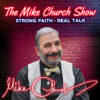





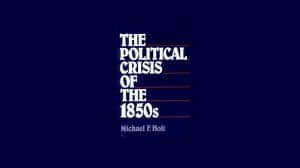
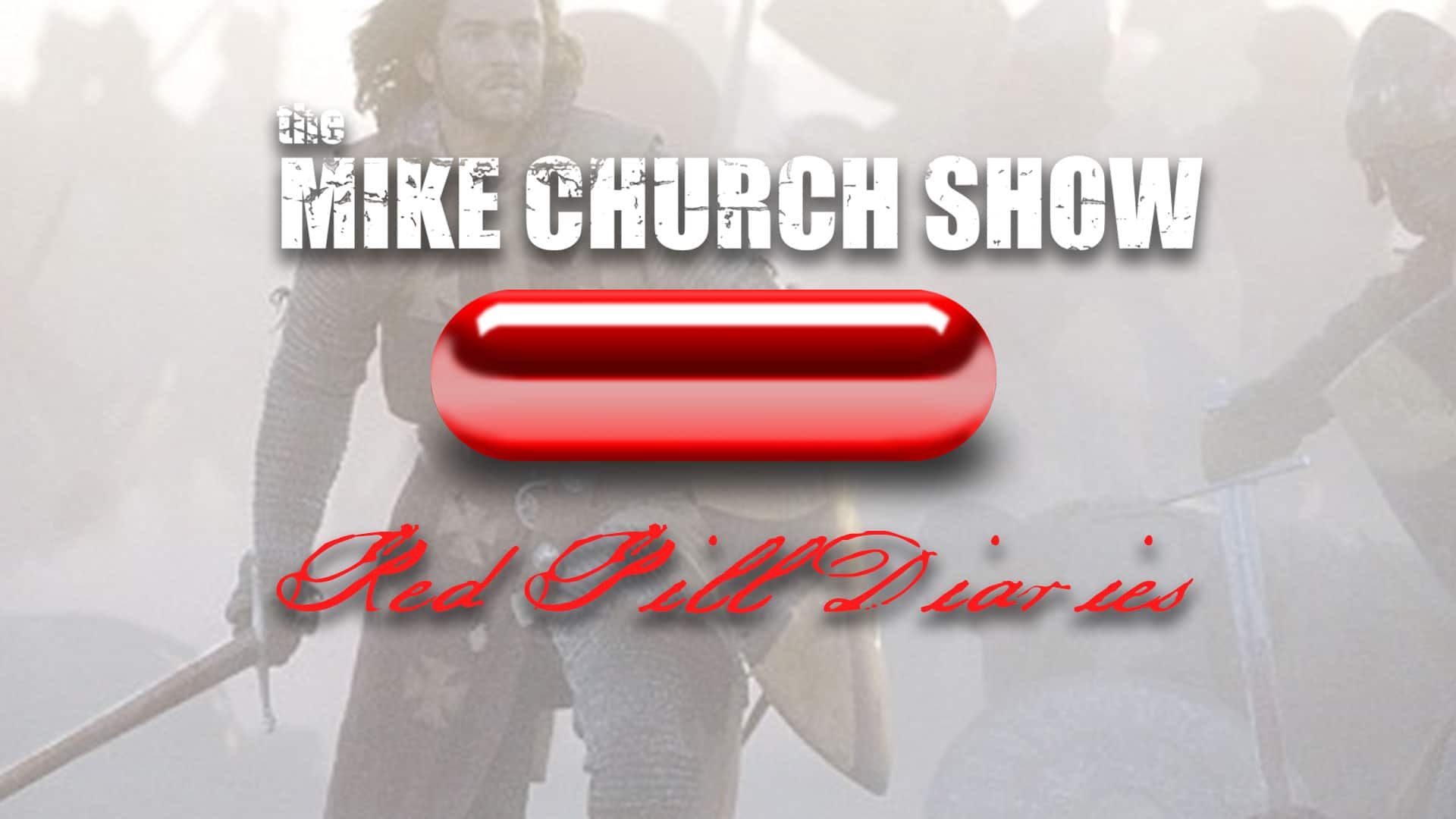
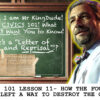
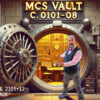

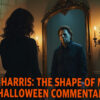
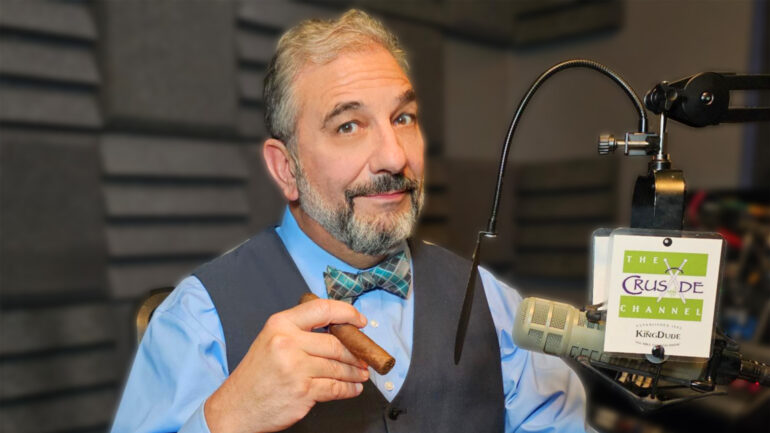


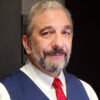
Post comments (0)